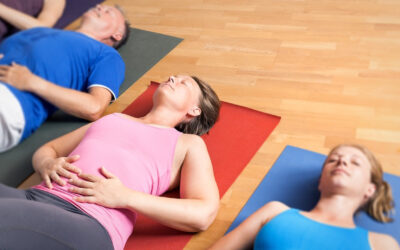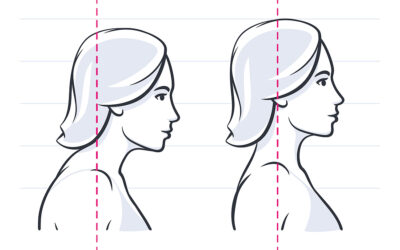“The value of the function run is that it deliberately equalizes your strong compensating muscles and your weaker prime movers. When we are dysfunctional, heavy exertion demand automatically accesses our strongest muscles. Function runs are a way to stop that from happening and to give those prime movers a workout so they can gain strength.”
– Pete Egoscue
The function run is not running technique. Please hear that, the function run is not how you actually run. It is a drill to allow you to access the correct muscles to run efficiently. As Pete says, it is a “motion-cise” demanding design function from your body without compensation.
If you have had lower body injury/surgery like I have there is a good chance you are compensating for weakness in your lower extremities by using your upper body to propel you forward while running. I used to feel fatigue and soreness in my upper back and shoulders after a hard run.
My first function run was humbling. After only a few minutes my lower leg and hip muscles were aching, asking me to stop. They had no idea how to move properly. I realized my upper body has been driving my running efforts with my lower half just along for the ride, doing whatever it could to keep up and not trip, which I did often.
Function Run Guidelines
- Incorporate the function run it into your warm-up, cool-down or use it alone as an easy workout
- Function run length can vary from 20 minutes to 2 hours
- Focus on heel-ball-toe foot contact with your feet straight rolling over all five toes
- Pace is just faster than walking
- Keep the upper body relaxed including the torso, shoulders, arms, and neck
- Belly breathe
- Maintain an erect posture, all joints stacked with no forward lean
- Lightly bounce your feet, ankles, and knees
- Gently swing your arms directly ahead keeping them at waist level or below
- Have Fun!
Reference: Pain Free, Pete Egoscue with Roger Gittines.
Please enjoy this video posted on YouTube Channel PainFreeNation.



